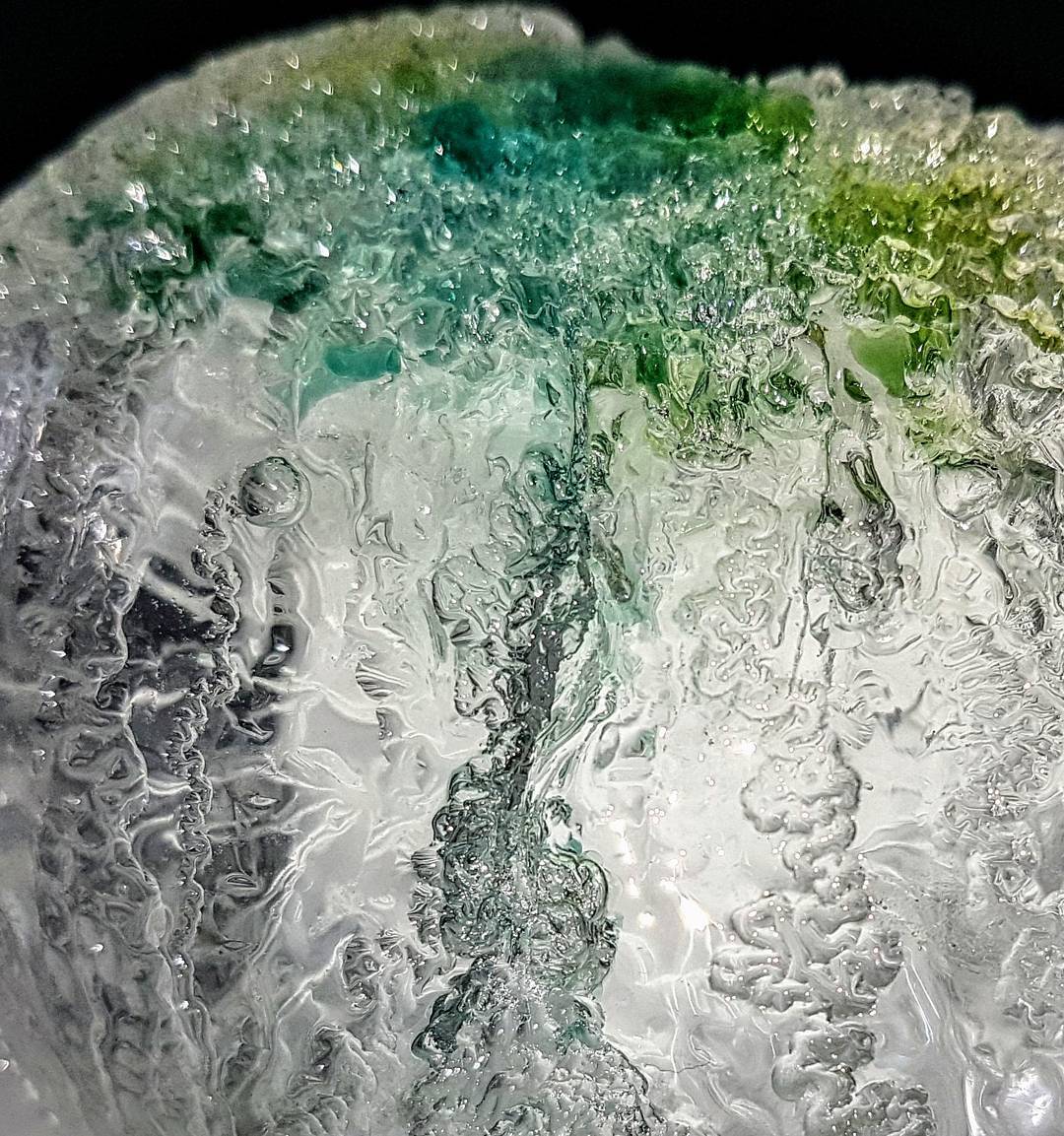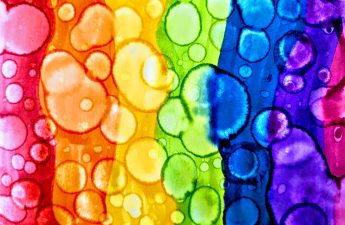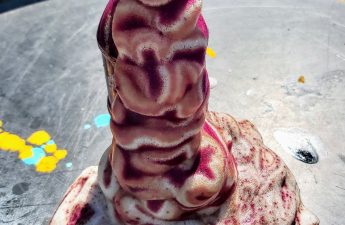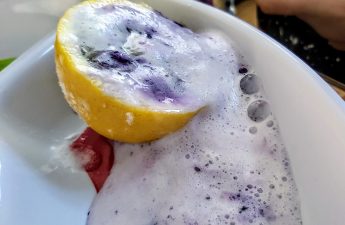With all this cold weather I have been reminded of another fun experiment we did a while ago. Winter is probably my favourite time of year to create art – snowflakes, frost, ice, patterns, textures; it’s all there!
I feel so lucky that I get to be mama to two inquisitive little minds – they see beauty in so many things and for that I am grateful. They would always rather be outdoors or experimenting so this activity seemed perfect to go hand in hand with our ongoing study of the Solar System. (Space is a favourite here).
I took inspiration from this post here.
Items we used for this experiment:
- Balloons
- Liquid Watercolours*
- Pipette Droppers*
- Trays
- Paint Mixing Pots*
- Coarse Sea Salt & Table Salt
- Tap Water
First you need to fill your balloons with tap water and then pop them in the freezer overnight.
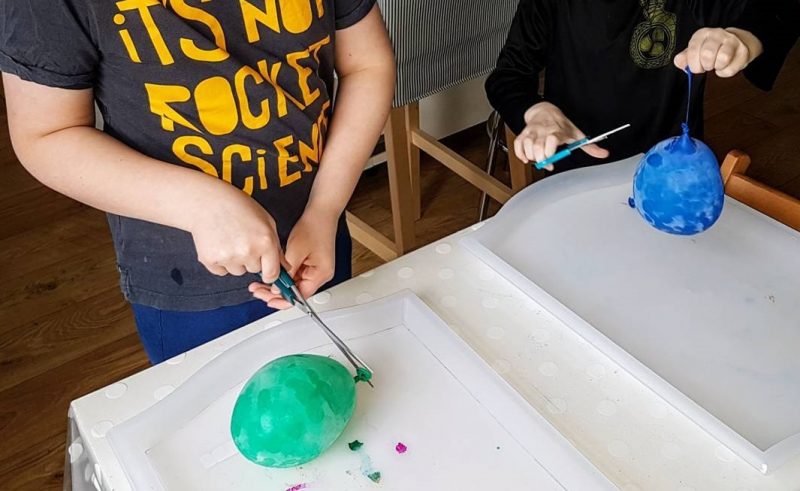
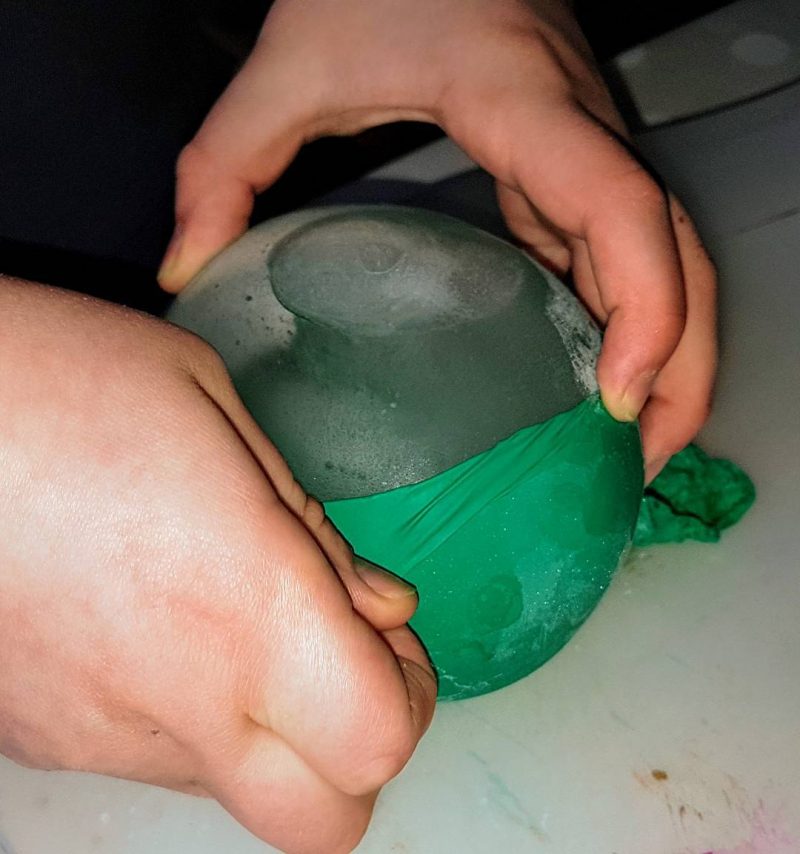
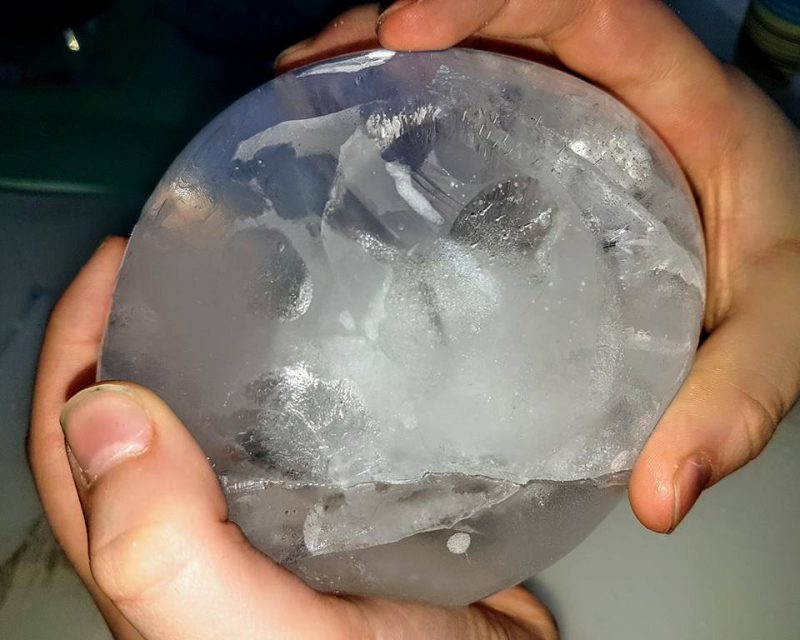
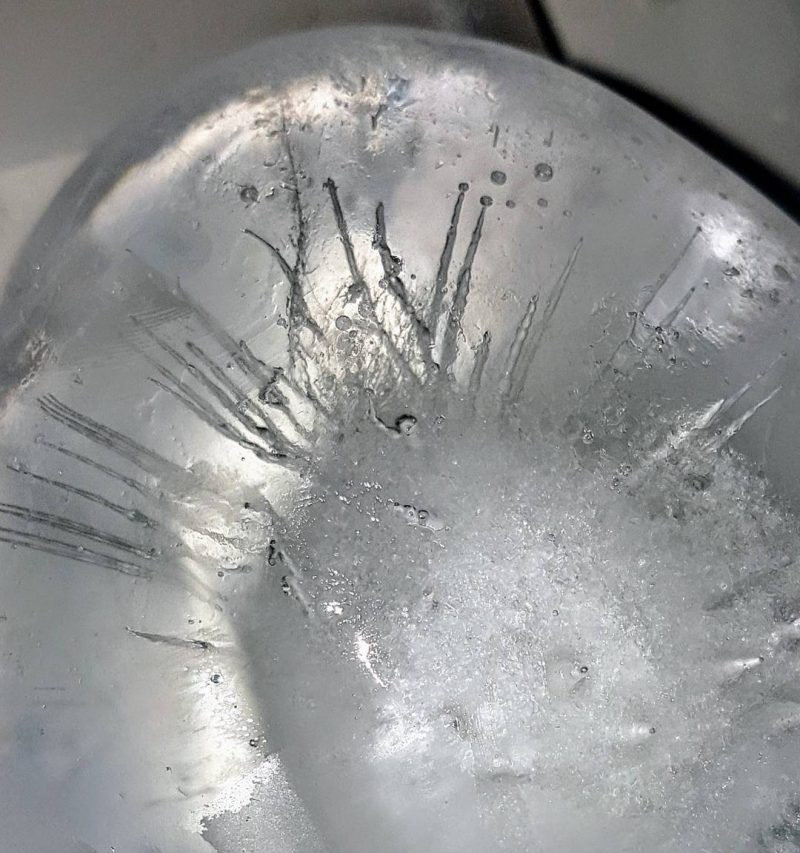
The next step is to add a little tap water to your pots and then stir in a couple of drops of your favourite liquid watercolours. Put a pipette dropper into each container so the colours don’t get contaminated.
Now grind or sprinkle some salt onto your ice planets and wait for the reaction to start happening. Observe the changes to your ice planet – notice the valleys and ripples. Feel the different textures.
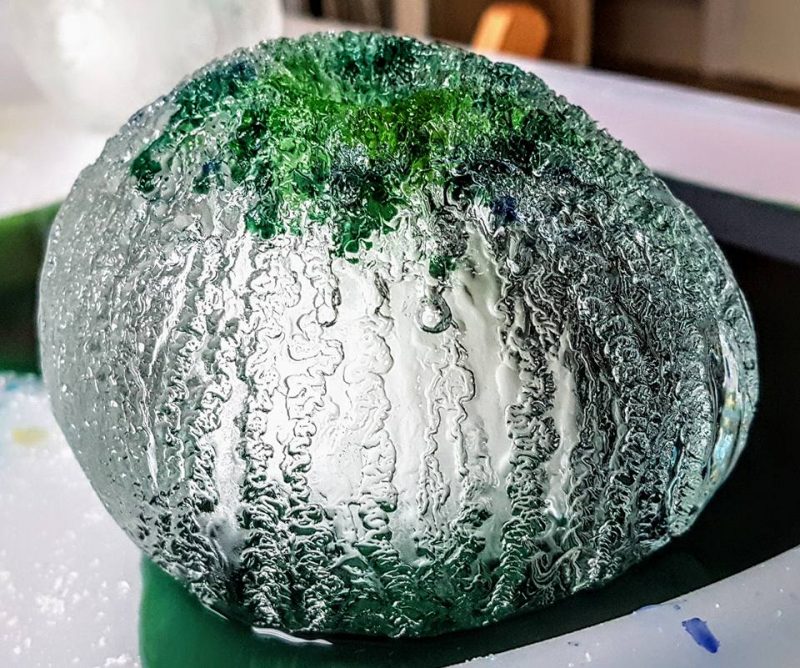
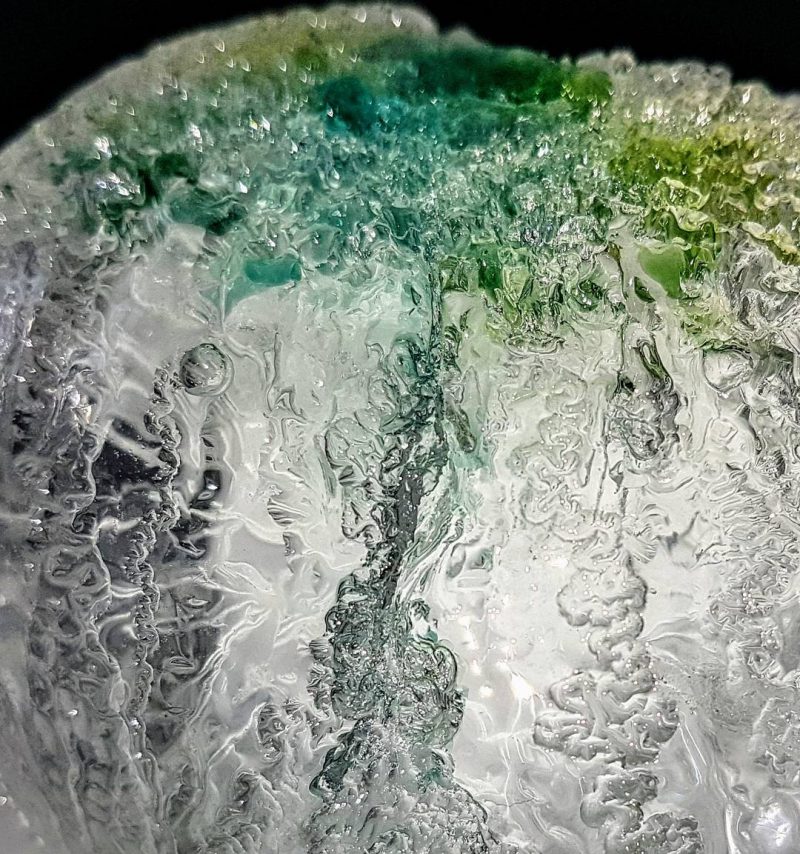
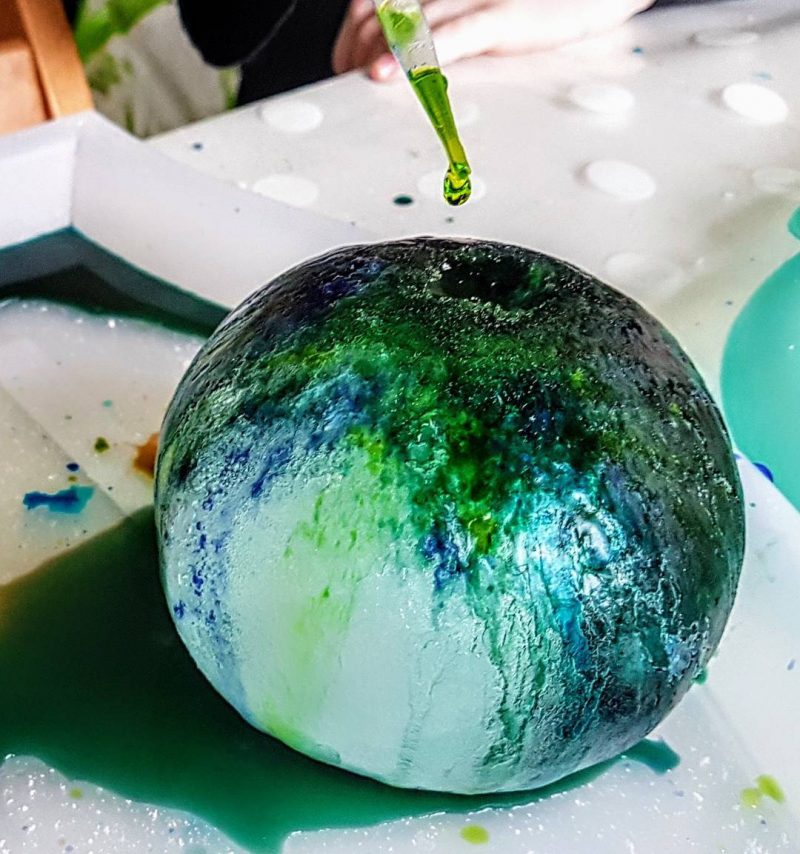
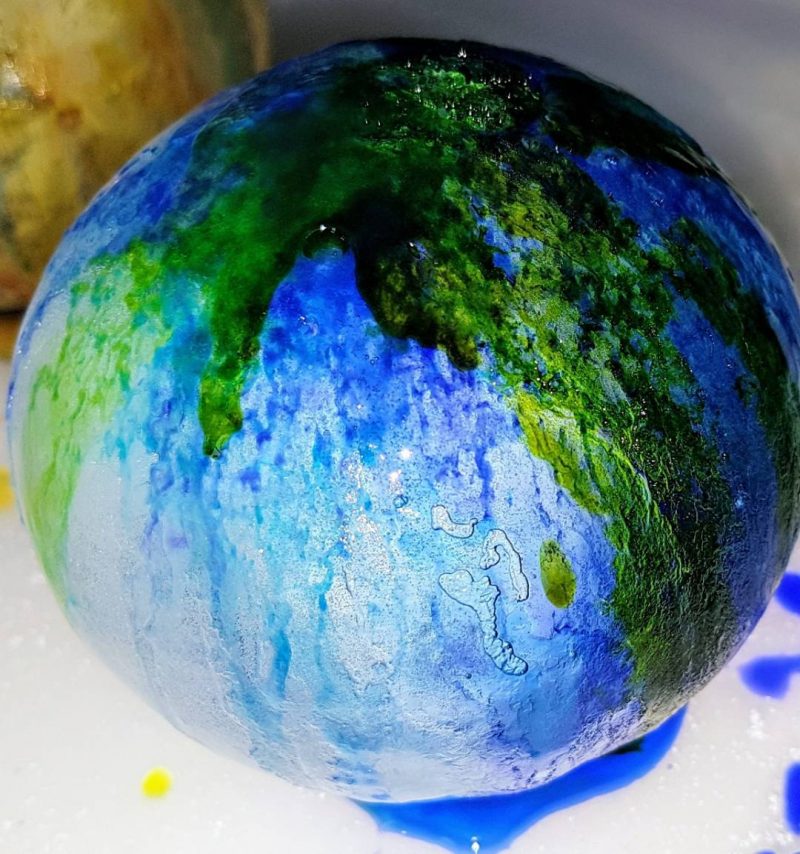
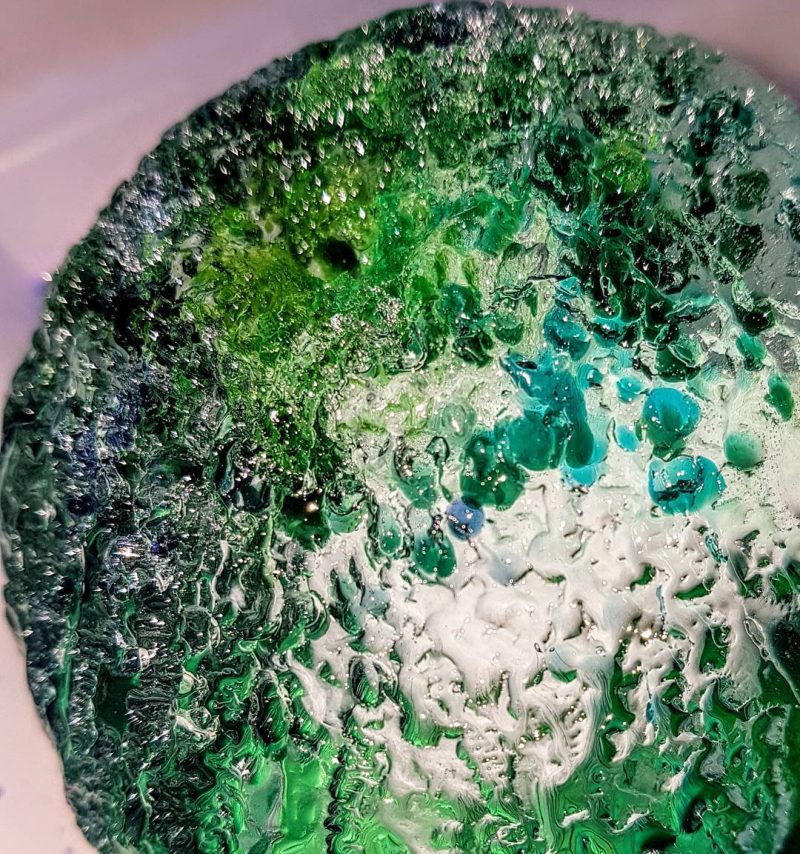
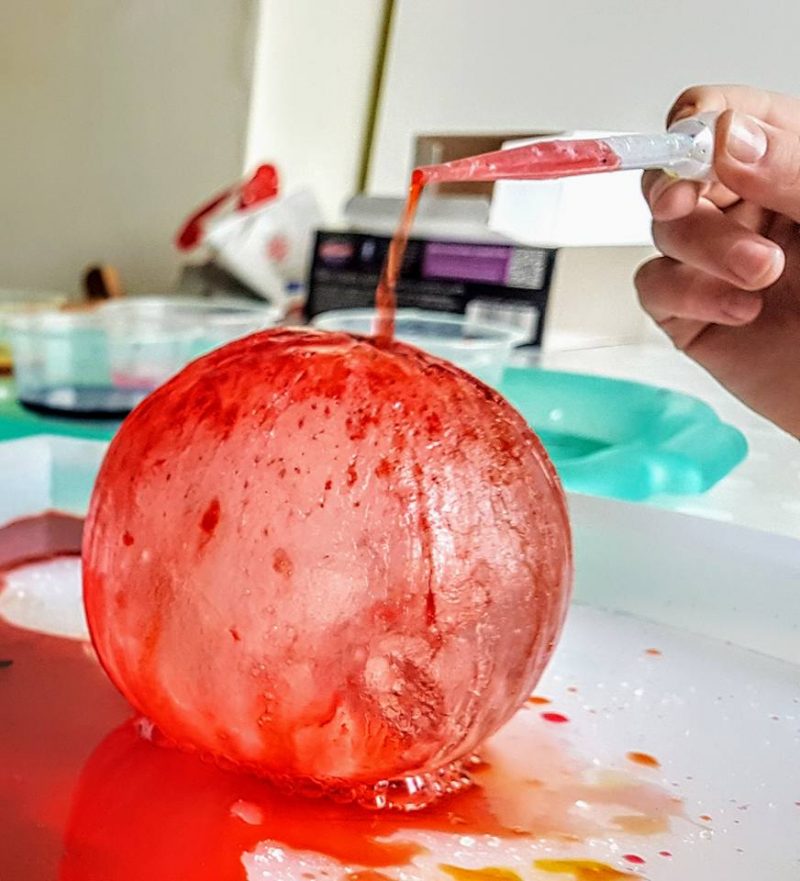
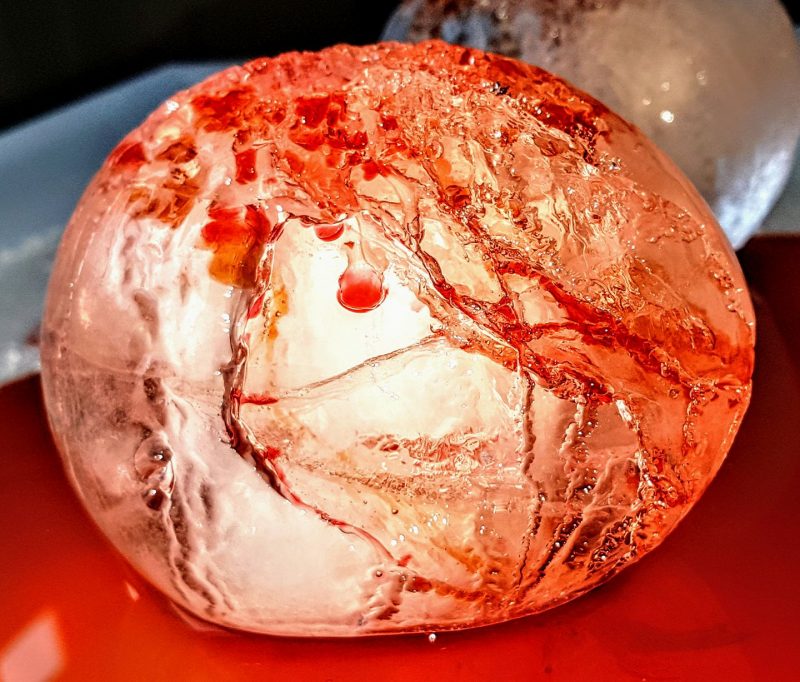
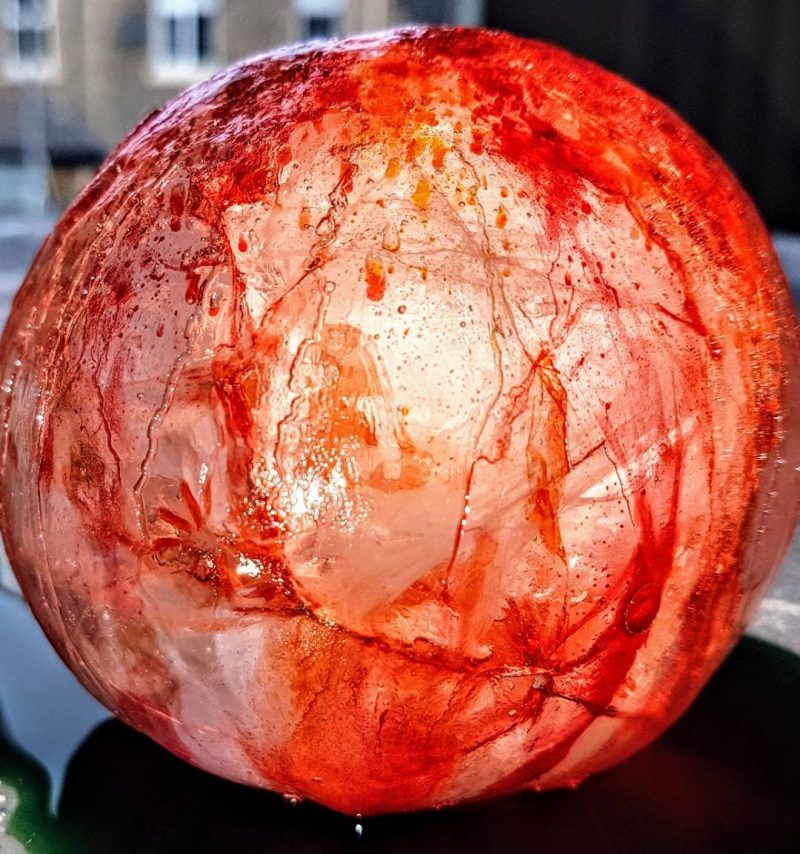
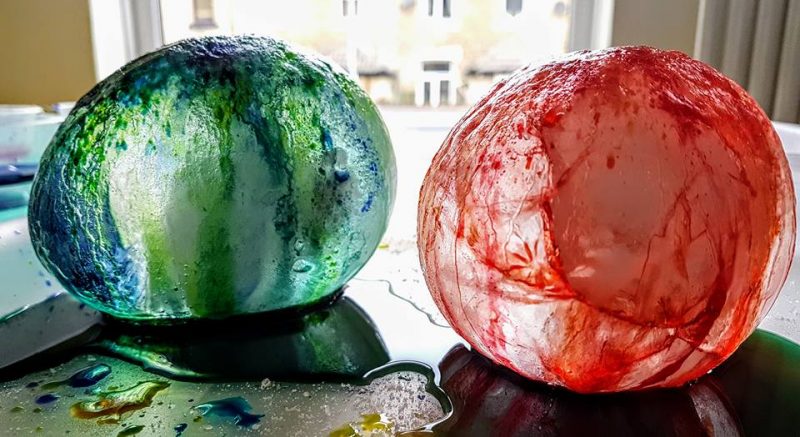
Both end results were absolutely exquisite – I was so impressed with how effective the process was.
We learned that when you add salt to ice, it interferes with the melting and refreezing that happens on a molecular level. There is something in the way, and even though the temperature is cool enough, it can’t lock onto the atoms that are floating around as liquid water. Instead of refreezing, the water just melts! This is why the freezing point of ice gets lowered, water that would otherwise remain frozen at 0° Celsius or 32° Fahrenheit turns to a liquid because the ice has disrupted the molecules’ ability to latch on to each other and retain that solid form. (This information was provided by The Scientific Mom)
Happy melting everyone, and thanks for stopping by!

